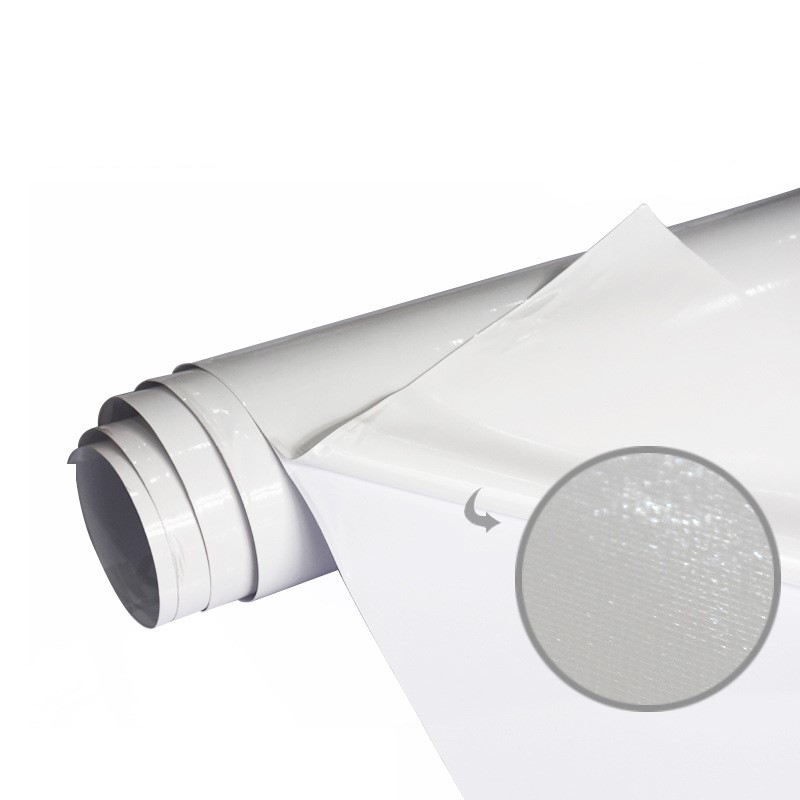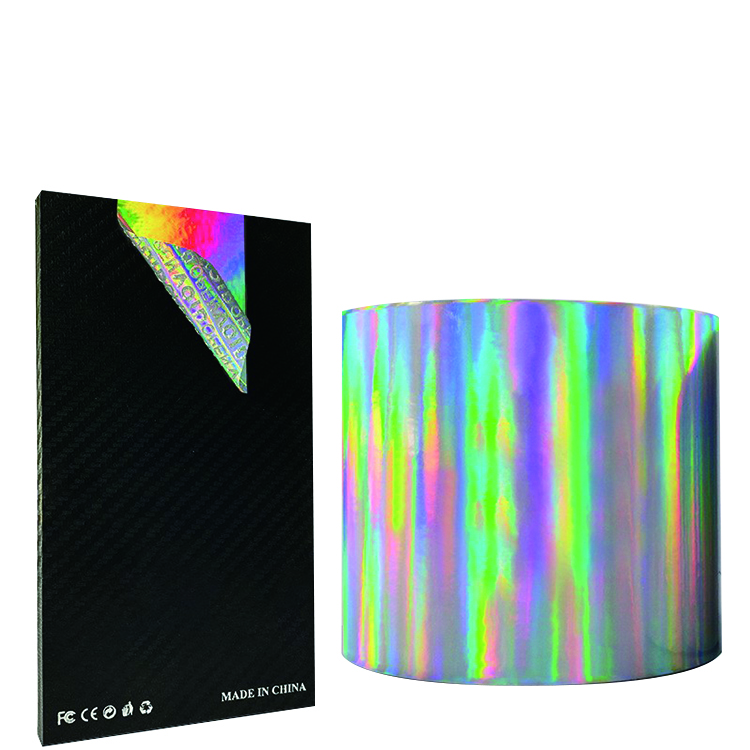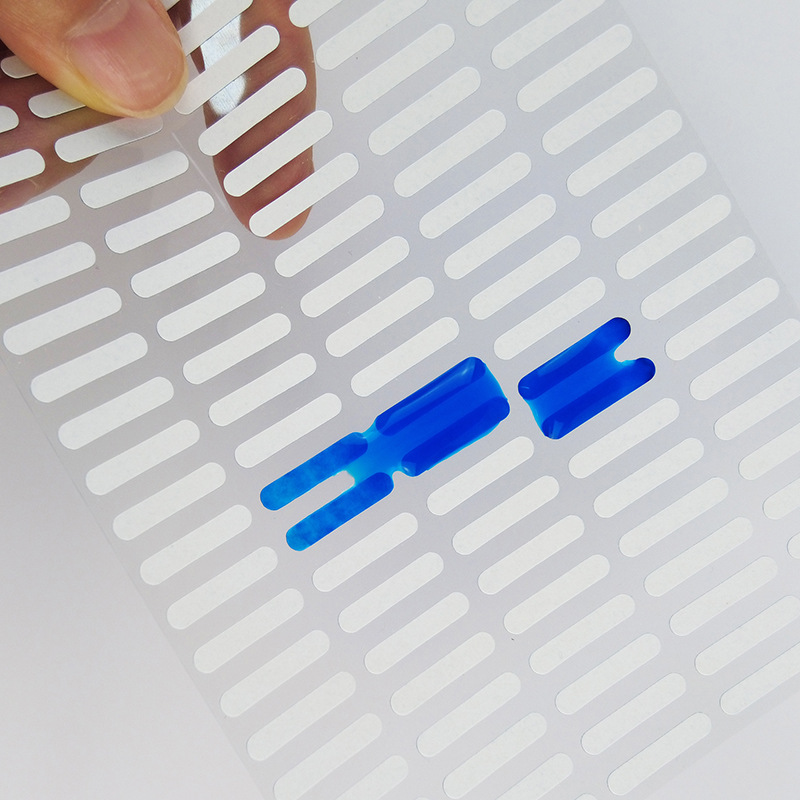Future Trends in Flame Retardant Labels
Flame retardant labels play a crucial role in ensuring the safety and compliance of various products. These labels are designed to withstand high temperatures and prevent the spread of fire, making them essential in industries such as electronics, automotive, and textiles. As technology advances and regulations become more stringent, the flame retardant label industry is constantly evolving to meet new requirements and address emerging trends. In this article, we will explore some of the future trends in flame retardant labels.
1. Sustainable Materials
With growing concerns about the environmental impact of traditional flame retardant materials, the industry is shifting towards more sustainable alternatives. Manufacturers are exploring the use of eco-friendly materials, such as bio-based polymers and recycled fibers, to create labels that meet flame retardancy standards while reducing their carbon footprint. These sustainable materials not only contribute to a greener planet but also align with the increasing consumer demand for eco-conscious products.
2. Nanotechnology
Nanotechnology is revolutionizing the flame retardant label industry by offering enhanced performance and durability. By incorporating nanoparticles into label materials, manufacturers can improve flame resistance, heat resistance, and overall label lifespan. Nanotechnology also allows for the development of thinner and lighter labels without compromising their protective properties. As research in this field continues, we can expect to see more innovative flame retardant labels that leverage the benefits of nanotechnology.
3. Smart Labels
As the Internet of Things (IoT) becomes increasingly prevalent, smart labels are gaining traction in the flame retardant label industry. These labels are equipped with sensors and communication capabilities, enabling real-time monitoring of temperature, humidity, and other factors that impact fire safety. Smart labels can provide valuable data for preventive maintenance, early fire detection, and post-incident analysis. The integration of smart technology into flame retardant labels enhances safety measures and enables proactive fire prevention strategies.
4. Customization and Branding
While the primary function of flame retardant labels is safety, there is a growing demand for customization and branding options. Manufacturers are now offering labels with various designs, colors, and finishes, allowing businesses to incorporate their brand identity into safety labeling. Customized flame retardant labels not only enhance product aesthetics but also contribute to brand recognition and differentiation. This trend aligns with the increasing importance of visual appeal and brand consistency in today's competitive market.
5. Regulatory Compliance
Regulatory standards for flame retardant labels are continuously evolving to ensure the highest level of safety. As new regulations are introduced, the industry must adapt to meet these requirements. Manufacturers are investing in research and development to develop labels that comply with the latest regulations while maintaining optimal performance. Additionally, advancements in testing methods and certification processes help ensure the accuracy and reliability of flame retardant labels, providing consumers and businesses with peace of mind.
Conclusion
The flame retardant label industry is witnessing significant advancements driven by sustainability, nanotechnology, smart technology, customization, and regulatory compliance. These trends are shaping the future of flame retardant labels, making them more effective, environmentally friendly, and aesthetically appealing. As technology continues to advance and safety standards become more stringent, the flame retardant label industry will play a vital role in ensuring the safety of products across various sectors.
We offer comprehensive technical support, including free professional labeling solutions, advice on label materials and adhesive selection, as well as online/offline assistance from professional software and hardware engineers. Service email: andy@ownlikes.cn. In pre-sales, we leverage our extensive experience in specialty labeling projects to provide clients with the most suitable hardware solutions. Additionally, all our label barcode printers and scanners come with a three-year free warranty, demonstrating our confidence in our products.






This site is protected by reCAPTCHA and the Google Privacy Policy and Terms of Service apply.